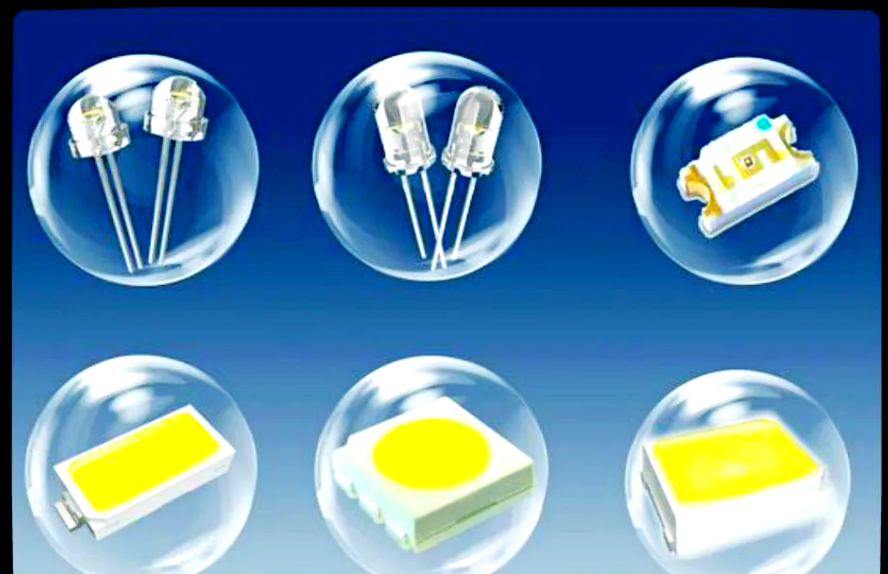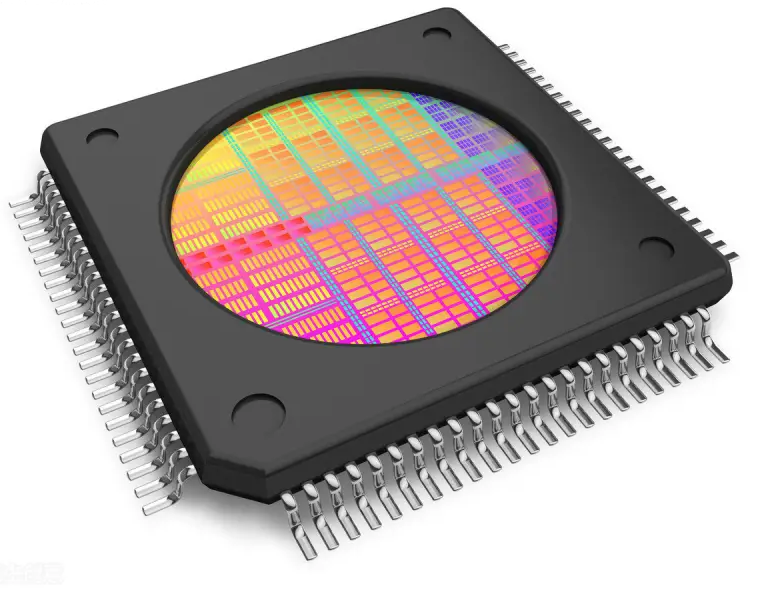The lighting industry is currently undergoing rapid iteration and upgrading, with its market responsiveness continuously improving, enabling it to more accurately and efficiently meet diverse customer needs. Among numerous technological innovations, LED technology undoubtedly holds the greatest potential for breakthroughs and development. With its exceptional energy efficiency and outstanding environmental benefits, LED technology demonstrates strong market adaptability and has become a key driver of industry transformation.
From the perspective of current technological applications, LED technology is currently the most mainstream and fastest-growing solution in the lighting sector. Its derived energy-saving lamps have a wide range of applications, penetrating not only public sectors like industrial production workshops, service businesses, and urban road lighting, but also deeply integrating into private spaces like homes, even supporting the lighting systems of entire smart cities. This widespread adoption is not only fueling market demand, but also forcing manufacturers to accelerate technological research and development, continuously launching innovative products that better meet consumer needs. Especially against the backdrop of rising electricity costs, continued urbanization, and increasingly severe global climate change, the market demand for green lighting solutions with low energy consumption and low CO2 emissions is becoming increasingly urgent, and LED technology is a key option to meet this demand.

High energy efficiency is the core advantage of LED lighting. This characteristic not only has significant positive impacts on environmental protection but also directly reduces costs for users. To further tap the potential of LED technology, deep integration with the Internet of Things (IoT) or intelligent management systems has become a key direction for industry optimization and upgrading. This integration not only improves user convenience and comfort through automated lighting control, but more importantly, significantly optimizes return on investment and reduces long-term operating costs. For many users, the prospect of "substantially reducing costs" is the core driving force behind upgrading or replacing traditional lighting with LED lighting. Although the initial investment in LED lighting is relatively high, its longer product lifespan and enhanced durability significantly shorten the payback period, making it highly cost-effective in the long run.
Specifically, at the intelligent application level, the Internet of Things (IoT) technology empowers LED lighting with even richer functionality: it not only monitors lighting status in real time and generates data reports, but also automatically adjusts parameters such as brightness and color temperature based on time of day, user activity, and current weather conditions, achieving "on-demand lighting." Intelligent management systems powered by LED technology can improve road safety and effectively eliminate glare in urban road lighting scenarios through precise control. In the workplace, they can optimize lighting environments based on environmental needs while further reducing energy consumption and maintenance costs. It can be argued that LED technology plays an irreplaceable and crucial role in the intelligent upgrade of large-scale urban public lighting or professional workplace lighting.

It is worth noting that lighting is not just about "lighting function" but also profoundly impacts people's quality of life. Nowadays, people are spending increasing amounts of time indoors in spaces lacking natural light—and natural light, as a key factor in regulating human circadian rhythms, is directly related to users' physical health and well-being. Therefore, high-quality LED lighting products are developing in a "people-centric" direction: through technological innovation, they dynamically adjust light parameters based on users' real-time status (e.g., working, resting, reading, etc.) and specific needs. Leveraging powerful technological capabilities, LED lighting can now simulate luminous flux that closely resembles natural light in terms of spectral parameters and light perception, effectively compensating for the lack of natural light in indoor spaces like workplaces and study rooms, creating a healthier and more comfortable lighting environment for users.


